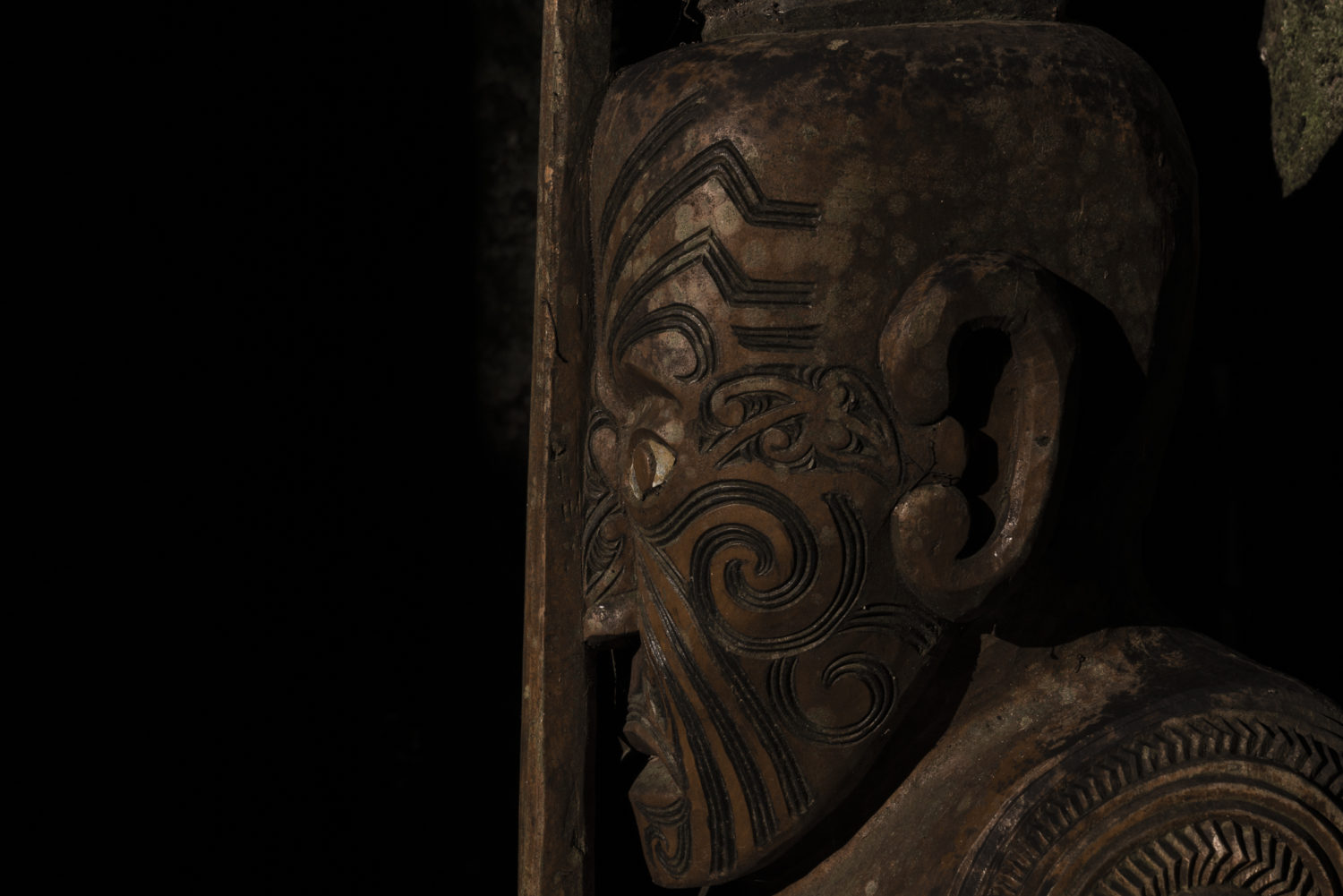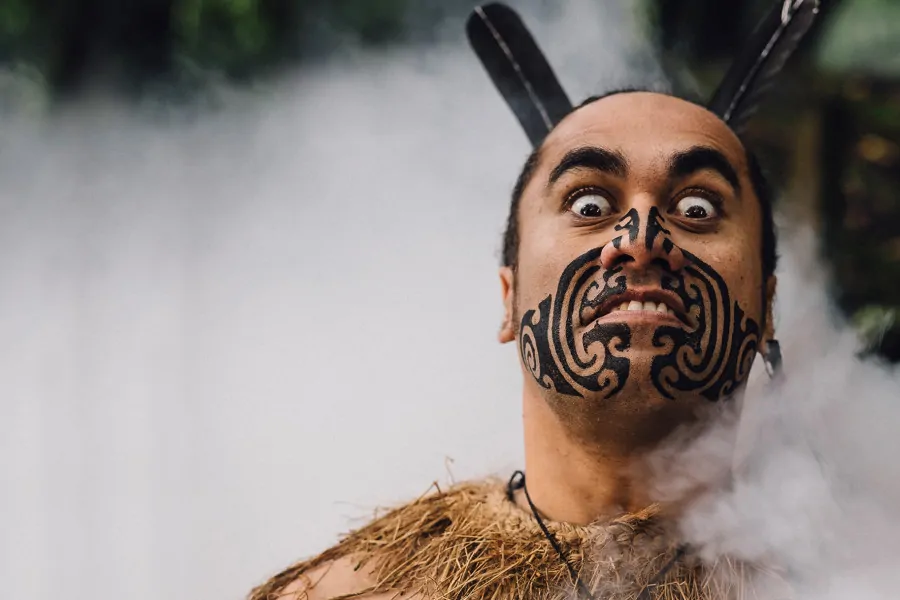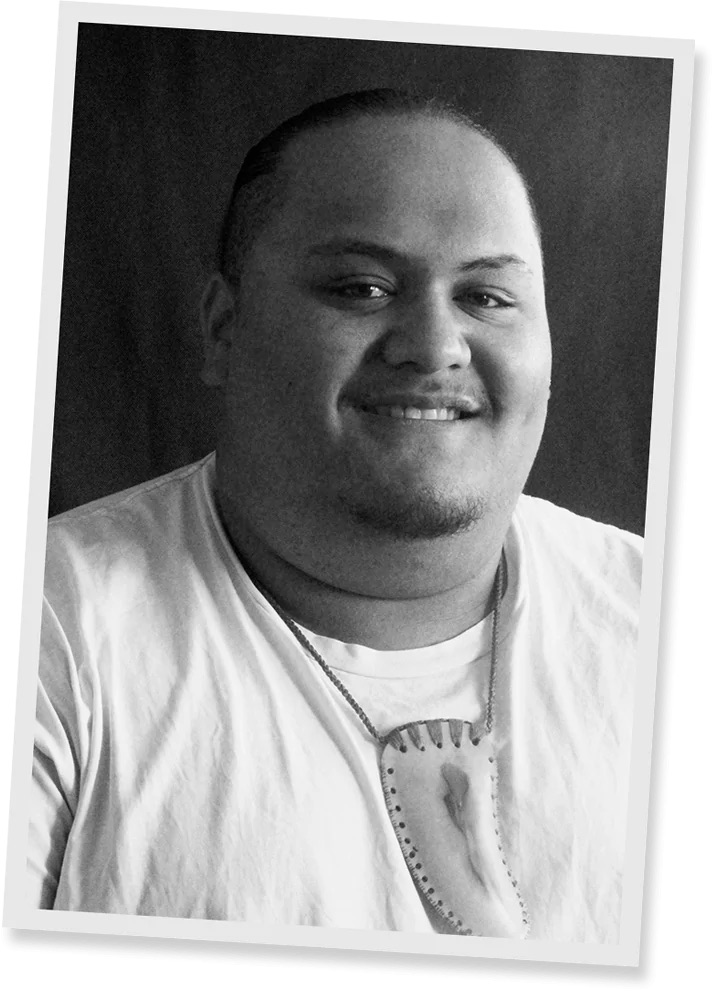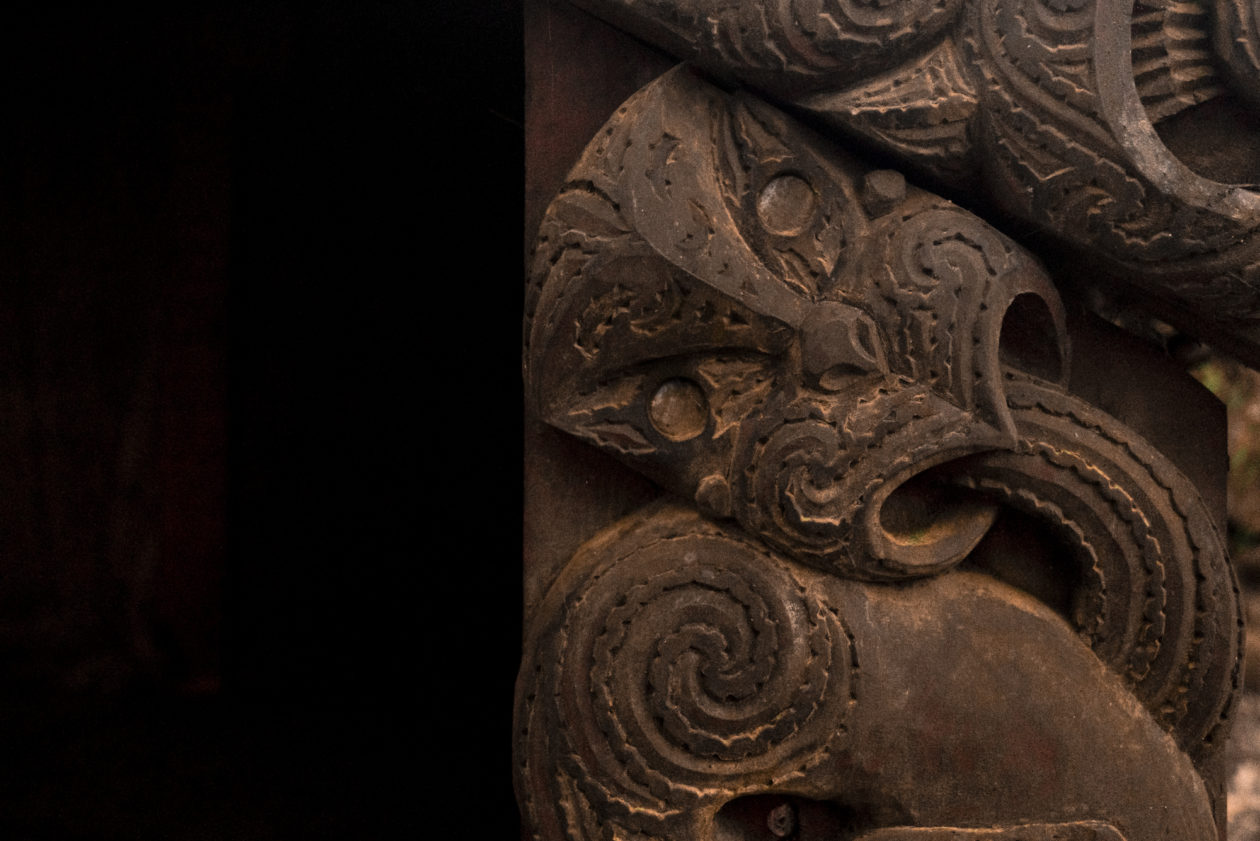Identity And Integrity As The Moko Dries

When you see someone with a moko, a traditional Māori tattoo, it’s like getting a glance into their soul. Because if you know the meaning of this visual art form it becomes a language, a language you are able to learn translate and understand.
A moko is a powerful statement of one’s identity as a Māori – a beautiful and artistic expression of what defines a person and their ancestry. It’s an important milestone between childhood and adulthood and bears with it by many rites and rituals.

Two sides of the story
There is also significance to where moko are placed. The left side of the body is dedicated to the mother’s genealogy, because it is the nurturing side. The right side is dedicated to the father’s side, the more dominant, stronger side.
Facial mokos below the eyes represent physical wisdom and achievements gained while mokos above the eyes represents spiritual wisdom. A woman’s moko is worn on the chin, as well as occasionally appearing on the forehead, upper lip, nostrils, and throat.

"There are 5 different triangles featured in my moko. I wanted these markings to represent my mother, my father, my grandmother, my little brother and my little sister. The people who live in my home. They have been the people who have shaped me the most as a person. I understand that I need to be on track and be a role model because they follow what I do. And wherever I travel to in the world, I have my whānau, my family with me and the relationships I’ve created with them. My moko is here on my right foot, because when performing kapa haka, we are always stamping and it is always our right foot. It helps us keep on time, but it also brings life to your movement.”
Arapeta
Cultural Performer
at Te Pā Tū
